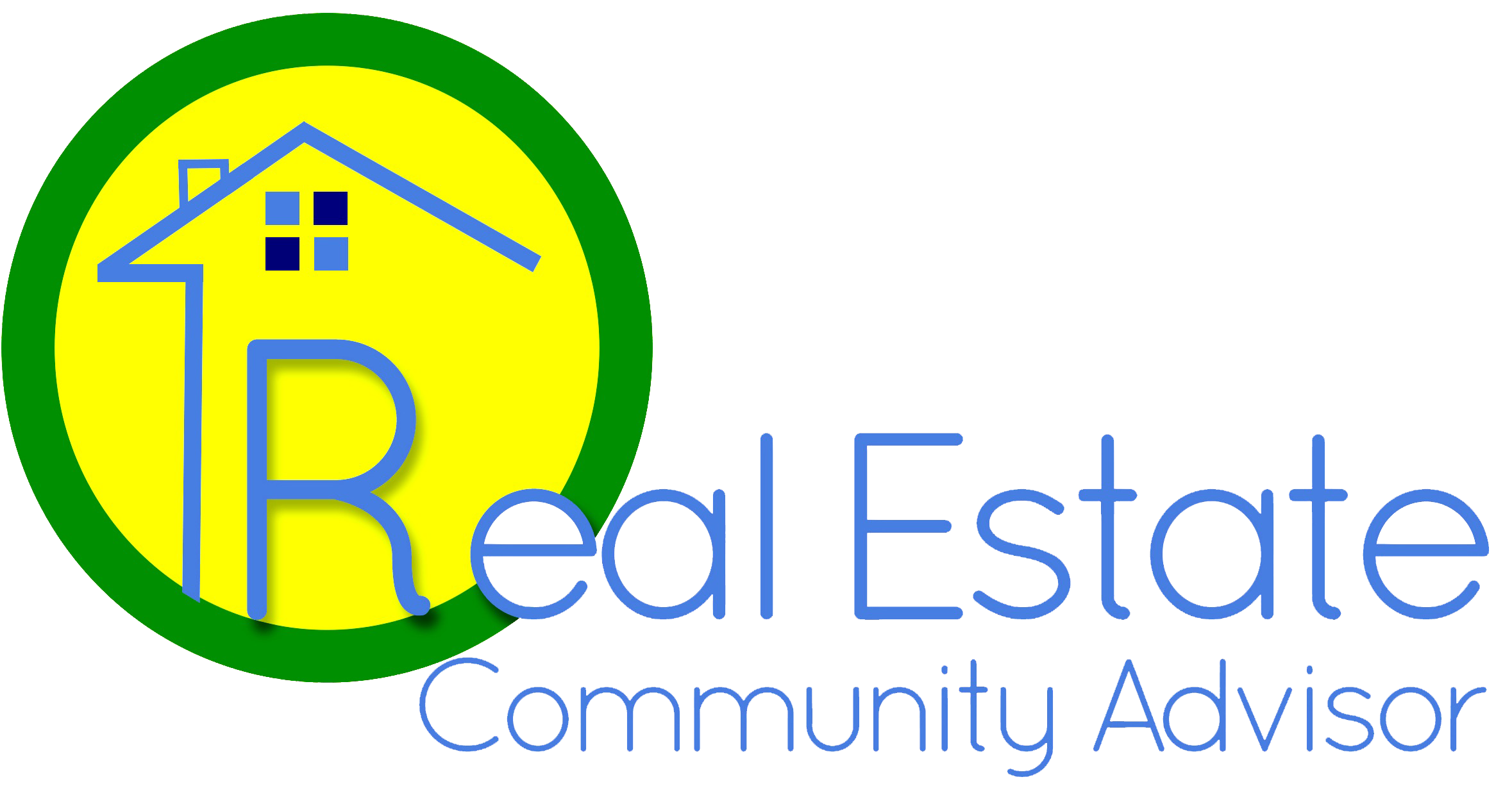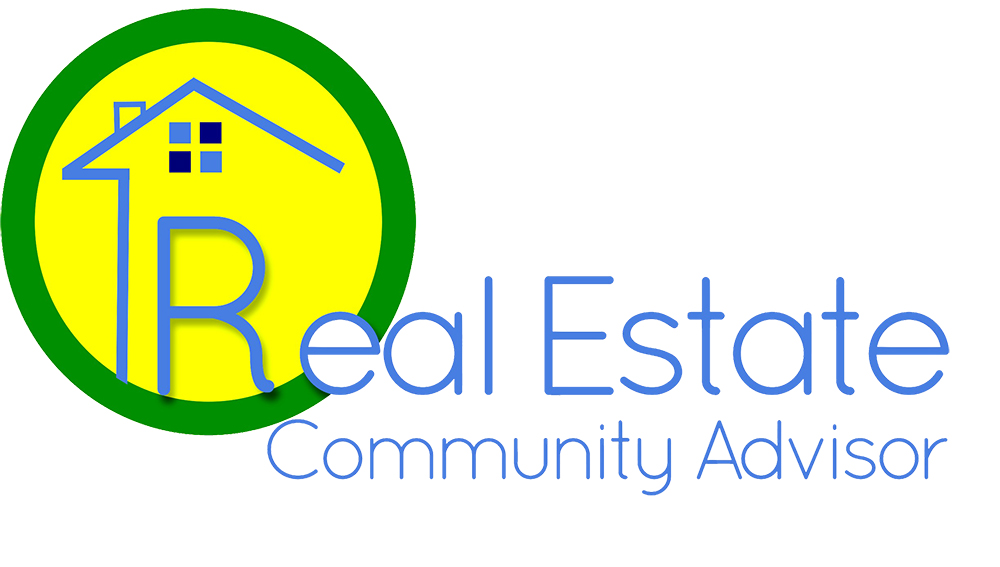Summary of a July report by Lawrence Yun, chief economist, NAR.
Housing Markets are Hot. May existing-home sales were the highest since 2009, new home sales hit a seven-year high and housing permits at an eight-year high. Pending contracts on existing homes hit a nine-year high.
- Buyers are coming back in force.
- First-time buyers were 32% of all sales vs. 27%, 2014.
- Investors are exiting because high home prices lowers their return rates.
- Inventory remains low in most markets. In areas with very strong job growth, i.e. Denver and Seattle, there is less than a one month supply.
- Inventory shortage is due primarily to reduced building since 2009. 1.5 million new homes annually is normal. New home construction 2009 to 2014:
- 2009: 550,000
- 2010: 590,000
- 2011: 610,000
- 2012: 780,000
- 2013: 930,000
- 2014: 1.0 million
- 1.1 million new homes in 2015 and 1.4 million in 2016. New home sales will follow this pace relieving housing shortages.
- Disruptive shadow inventory is very low. Distressed home sales are only 10 percent of all transactions and will fall further in the upcoming months. There are far fewer mortgages seriously delinquent (not current for 3 or more months).
- There is a housing shortage. The result is a higher than normal home price growth. Home price gains are beating wage-income growth by at least three or four times in most markets.
- Housing affordability is falling due to rising home prices and mortgage rates. Reduced investor cash sales will put more importance on future interest rates.
- The Federal Reserve will raise rates soon; maybe September more likely October. With continual raising rates over the next two years. They may rise further, if inflation returns.
- Inflation could pass 3 percent by early 2016. Low gas prices has lowered inflation to zero but by November, the change in gas price will no longer have an impact. Rents, near an 8-year high are growing at 3.5 percent. Bond market yields will rise.
- Mortgage rates; 4.3%-4.5% by year end, above 5% by the end of 2016.
- Rising mortgage rates drive initial buyer rush that will end as mortgage affordability declines.
- Fortunately, there is a counter balance to rising rates.
- Credit scores are not aligned with the expected default rate. New methods will be implemented boosting many individuals’ scores making them able to buy.
- FHA mortgage premium has come down, saving consumers money. By year end, FHA will show healthier finances that could trigger more 2016 premium reductions.
- Fannie and Freddie, owned by taxpayers, are making huge profits as mortgages have not been defaulting over the past several years, partly due to tight credit and no lender risk. Mortgage approvals should modestly improve next year.
- Portfolio lending and private mortgage-backed securities are slowly reviving. Mortgages are not defaulting creating big cash reserves. Less conventional mortgages will become more widely available.
- Improving available credit will help soften the impact of rising interest rates.
- Existing and new home sales rise, 5.8 million home sales in 2015, up 7 percent from 2014. This will be 25 percent below 2005 at the bubbles height. Home prices will rise 7 percent. Housing industry, 2015 revenue will rise 14%, 2016 growth 7 – 10%.
- Apartment construction is back to normal.


Recent Comments